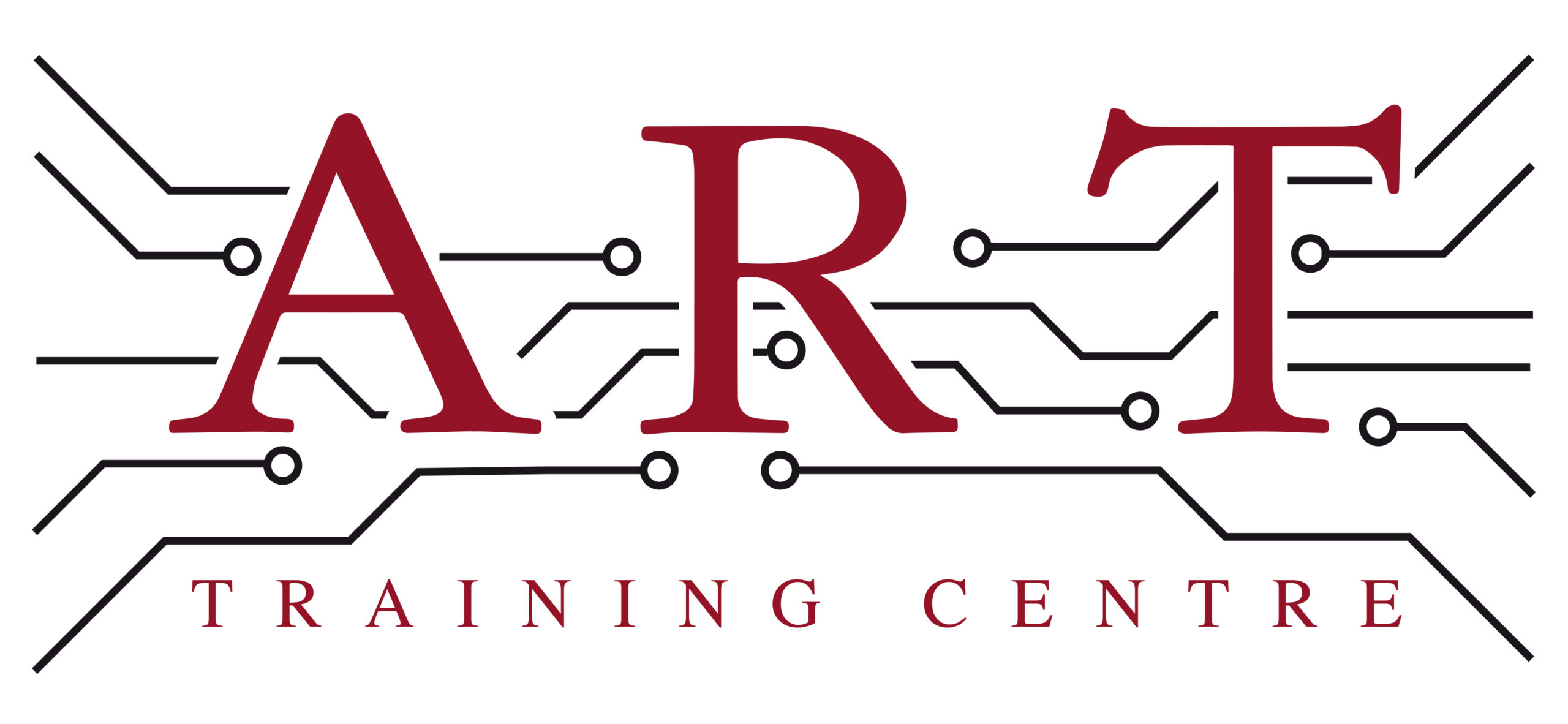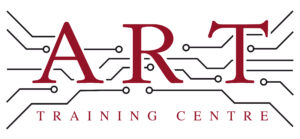Definition
Land is a specific area on a printed circuit board (PCB) where solder is applied to connect electronic components. It serves as a critical interface between the component leads and the PCB, ensuring a reliable electrical connection. The land is typically a pad that is designed to accommodate the size and shape of the component lead, making it a fundamental component in electronics manufacturing and rework.
How It’s Used in the Industry
In electronics assembly, lands are used during the soldering process to create secure connections between components and the PCB. First, the PCB is designed with specific land patterns that correspond to the components being used. During assembly, solder paste is applied to these lands before components are placed on top. The assembly is then heated, causing the solder to melt and form a bond between the component leads and the lands. This process is crucial for both the initial assembly and any rework that may be necessary. Understanding land design and soldering techniques is vital for technicians, as it directly impacts the reliability and performance of the final product.
History & Origins
The concept of land in electronics manufacturing became prevalent in the mid-20th century with the rise of printed circuit board technology. As electronic devices became more complex, the need for reliable soldering techniques and standards emerged. The Institute for Printed Circuits (IPC) developed guidelines to standardise land dimensions and soldering practices, which helped ensure consistency and quality in PCB manufacturing. This evolution was driven by advancements in technology, enabling miniaturisation and more efficient assembly processes, making lands a fundamental aspect of modern electronics.
Variations
There are several variations of lands, including through-hole lands and surface mount lands. Through-hole lands are designed for components with leads that pass through the PCB, while surface mount lands are flat pads designed for components that sit on top of the board. Each type has specific design requirements and soldering techniques. Additionally, lands can vary in size and shape depending on the component being used, which is crucial for ensuring optimal solder joints and electrical performance. Understanding these variations helps technicians select the appropriate land type for their specific applications.
Modern Applications
Today, lands are essential in various electronics production methods, including surface mount technology (SMT) and through-hole assembly. They are critical for ensuring reliable connections in consumer electronics, automotive systems, and industrial equipment. The design and quality of lands directly influence the performance and longevity of electronic devices. Adhering to IPC standards for land design and soldering practices is vital for compliance and quality assurance, making it a key focus in professional training and development within the electronics industry.
Practical Tips & Training
When working with lands, it is crucial to ensure that the land dimensions match the component leads for optimal solder joints. Use appropriate inspection techniques, such as visual checks and X-ray imaging, to assess solder quality. Safety should always be a priority; wear protective gear when handling soldering equipment. Structured training and certification in soldering and PCB assembly are essential for both novices and experienced professionals to ensure high-quality work and adherence to industry standards.


